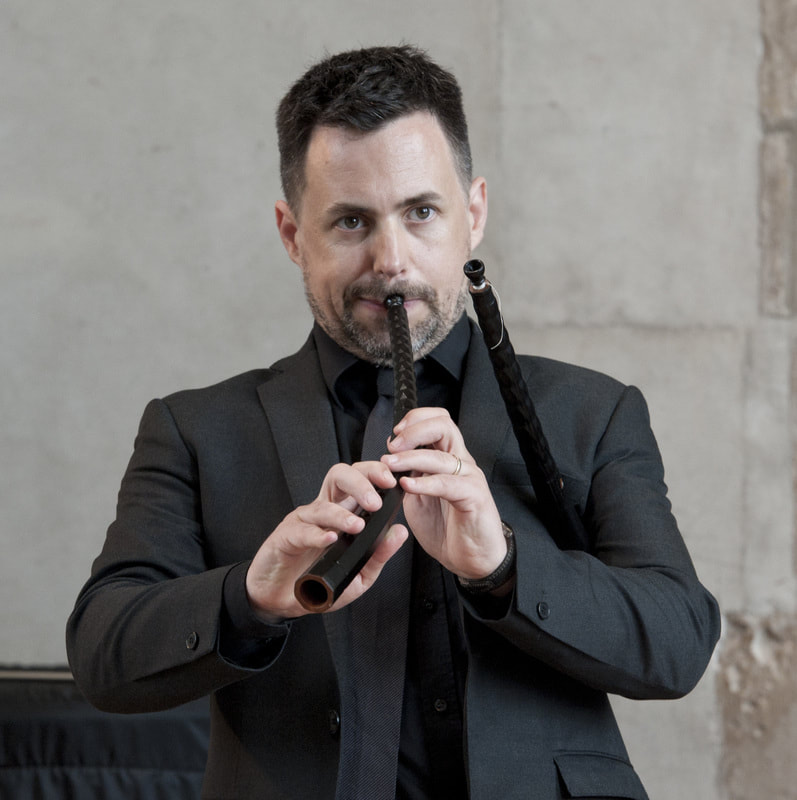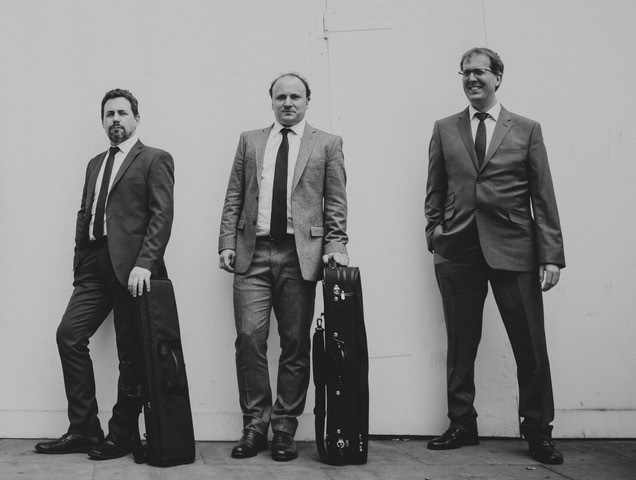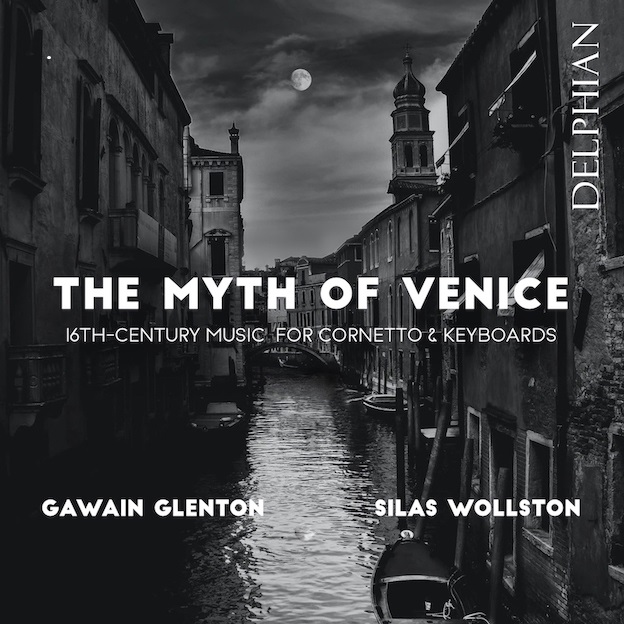
THE director of Ensemble In Echo, cornetto player Gawain Glenton, introduced the concert with: “Happy to see a full church”. Well, Amen to that, although I’m not quite sure whether this was a compliment or a dig.
Talking of digs, Mr Glenton did give 21st century Western [music] a kick up the sackbutt with regard to fetishising newness and innovation, considering them to be “the defining elements of true”.
There is some truth here, but this certainly doesn’t apply to 20th century jazz, although this point was made later in the informative programme notes.
The programme header, Metamorfosi – Italian Transformations, epitomised the 2024 festival theme of ‘imitation being the sincerest form of flattery’. And some. The whole concert brimmed with music based on composers’ refashioning of music of other composers.
Take, for example, Jacob van Eyck’s Amarilli Mia Bella. This piece is in effect a set of continuous variations based on Giulio Caccini’s beautiful but somewhat artificial song My Lovely Amaryllis:
“My lovely Amaryllis,
Don’t you know, O my heart’s sweet desire,
That it is you whom I love?
Open my breast and see written on my heart:
Amaryllis, Amaryllis, Amaryllis, is my love.” (English translation by Paul Archer)
If you replace ‘Amaryllis’ with ‘Horse’ (Father Ted), then the artificial translates into delicious farce.
Anyway, the performance was quite wonderful. Trombone calls, sunshine-bright string responses and one of the most beautifully ornamented melodies I have ever heard (Gawain Glenton, recorder).
Didier Lupi’s Susanne Un Jour is a song setting of a 16th-century French poem by Guillaume Guéroult. And again, artificiality is the poetic driver:
“One day, Susanne’s love was solicited
By two old men coveting her beauty.
She became sad and discomforted at heart,
Seeing the attempt on her chastity.”
Lupi’s chanson setting was reworked by di Lasso, transforming it into a five-voice setting, which in turn was reworked into this virtuosic showpiece by Giovanni Bassano. The performance was again a jaw-dropping delight: trombone and strings creating velvety curtains of sound contrasting a fun-filled duelling duet by the violin (Oliver Webber) and cornetto. The melodic embellishment was breathtaking and delivered with true panache.
Ornamental transformation was seriously on offer with Silas Wollston’s harpsichord performance of Giovanni Maria Trabaci’s Ancidetemi Pur. This had an earlier incarnation as a plain four-part madrigal by Jaques Arcadelt. However, I am far from sure if the actual respect and recognisability of Arcadelt’s madrigal is at all meaningful.
The harpsichord realisation in Mr Wollston’s performance was delightfully bonkers. Blistering scales, ornaments, contrapuntal overload with an occasional contemporary tonal twist or inflection. It did indeed remind me of Gawain Glenton’s take: “As with 20th century jazz standards, the interest with such works lay in hearing an admired musician’s ‘take’ on a particular piece.’”
The performance of Allessandro Striggio’s Ancor Ch’io Possa Dire (originally a 16th century smash hit) was another tour de force, but the lineage of musical begetting passed me by.
By contrast, the intimacy of Gabriello Puliti and Pietro San Giorgio’s setting and responses to Vestiva I Colli came as welcome relief. The former brought Gawain Glenton’s cornetto back to the frontline, gently firing bursts of richly decorated joy. Goodness me, this was good.
The San Giorgio featured a tender duet with Oliver Webber (violin) and Rachel Byrt (viola), adding some sober dignity to the proceedings.
Philippe Verdelot’s Dormendo Un Giorno brought some welcome relief as Mr Glenton took a well-earned break. It was a beautiful lament, sounding as if they actually missed him. How sweet.
After the loveliest of trios by Vincenzo Ruffo, the concert ended with Giovanni Grillo’s seven-part instrumental Sonata Prima.
Not only did the composer embrace the antiphonal music of Giovanni Gabrieli, who in turn embraced and exploited the architecture of the great Italian basilica at San Marco in Venice. But also, in the words of Mr Glenton, “Grillo plainly inserts not one, but two of the most popular secular songs of the 16th century: Susanne Un Jour and Vestiva I Colli. Grillo quotes both pieces at length in a manner that must have brought a smile to all who heard it.”
Now that is a shedload of musical imitation, metamorphosis and flattery. The performance was full of joy and engagement with a delicious, bubbling signing-off.
Review by Steve Crowther


